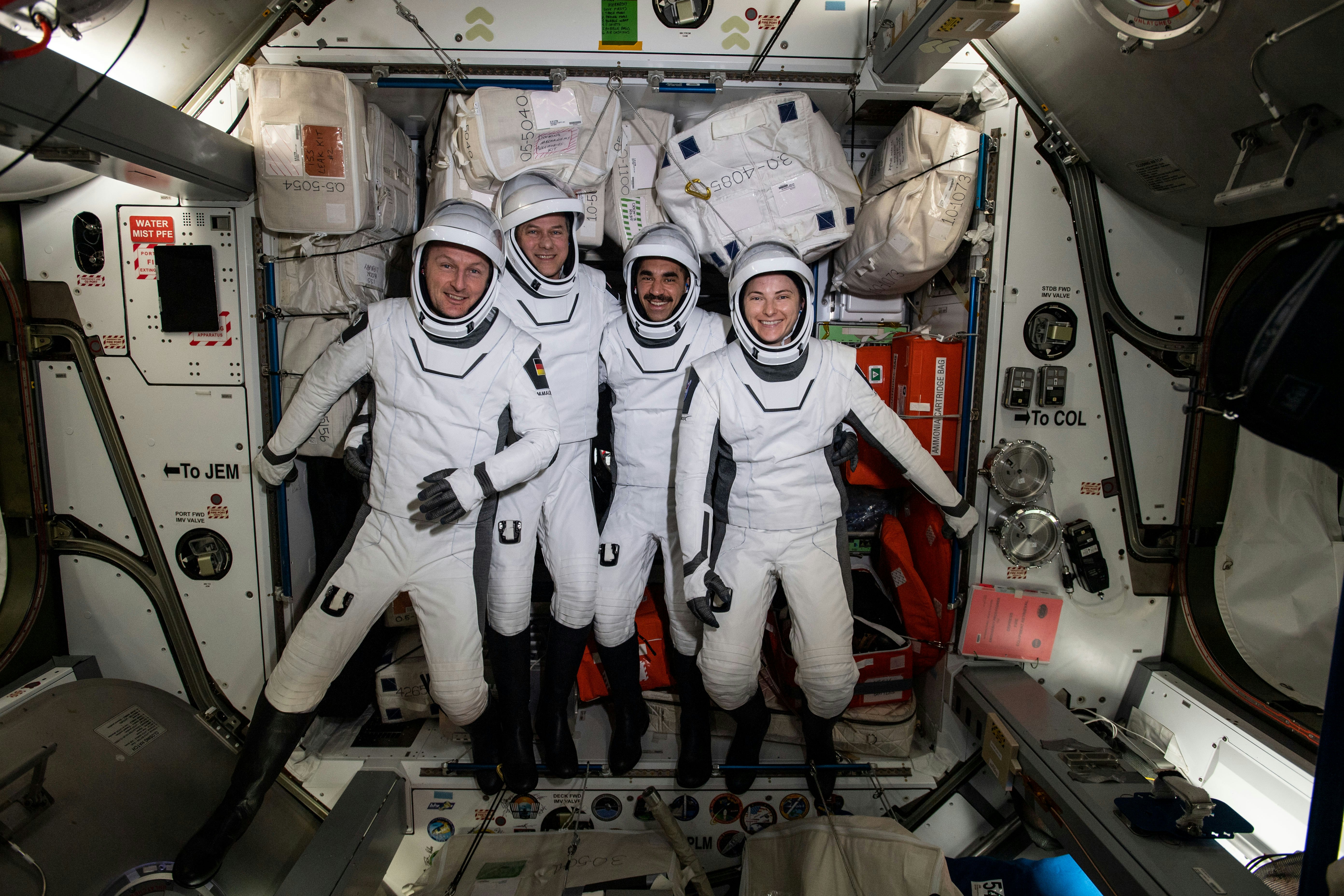
“We should put people on the surface of Mars within a decade.”
That’s what SpaceX’s Gwynne Shotwell claims in a new interview with CNBC. The interview, which aired on May 7, 2022, reaffirms Elon Musk’s private space company’s ultimate ambition to put humans on the surface of Mars by 2029.
HORIZONS explores the innovations of today that will shape the world of tomorrow. This is an adapted version of the May 9 edition. Forecast the future by signing up for free.
What’s new — Shotwell’s latest comments come amid speculation that SpaceX might not meet its targets to send humans to Mars in light of apparent delays to the development of its flagship rocket, Starship, and Musk’s recent distractions with Twitter.
Ultimately, Musk and SpaceX have stuck to his optimistic schedule for a crewed mission to Mars despite the still-unproven nature of the flagship spacecraft, Starship. SpaceX needs to show Starship is ready to fly to space and make the journey safely before it can think about a breakthrough mission to the Red Planet. While we have managed to send machines successfully to the surface of our planetary neighbor, no human crew has tried to make it to Mars before.

“I think we need to get a large delivery to the surface of Mars, and then people will start thinking harder about it,” Shotwell says.
“And then I think within five or six years, people will see that that will be a real place to go,” she predicts.
That timeline, combined with Musk’s own desired date, puts a human landing on Mars by 2029, and then a larger scale movement of people to Mars by the mid to late 2030s. Musk has previously said he wants to establish a permanent city on Mars by 2050. In fact, some SpaceX insiders have said the company foresees running flights to Mars from Earth throughout the next century to help establish several cities on the Red Planet.
“People on the Moon, sooner,” Shotwell says in the interview. With successive delays to NASA’s much-vaunted Artemis Moon program, that proposed timeline may turn out to be a little ambitious, too.
Read more about Musk’s Mars City plans.
On the horizon...
Telemedicine has a lot of promise, but not before the last two years locked most of the world down and many governments shut doctors’ surgeries along with everything else, telemedicine has had a trial by fire. One potential benefit that does seem to be holding up is the promise of addressing gaps in access to care — particularly, the disparities experienced by Black people in the U.S. trying to get primary care appointments.
In a study published May 2 in the journal Telemedicine and e-Health, researchers examine telehealth use in both Black and non-Black communities in 2019 and 2020. They looked at how people’s use and access to medical care changed from the pre-pandemic era and into early and late 2020, as the U.S. experienced lockdown and its effects on in-person care.
In total, they looked at 1,947,399 appointments and found disparities in who got access to a primary-care doctor’s appointment narrowed significantly.
“We looked through the entire year of 2020, not just the first half of the year when telemedicine was the only option for many people, and the appointment completion gap between Black and non-Black patients closed,” says the study’s senior author, Krisda Chaiyachati, an assistant professor Medicine at Penn Medicine, in a statement. Chaiyachati is also the physician lead for Value-based Care and Innovation at Verily.
“Offering telemedicine, even though it was for a crisis, appears to have been a significant step forward toward addressing long-standing inequities in healthcare access,” he adds.
Want to go deeper? Read the full study.
See it to believe it

This is the tattered remnant of a supernova known as DEM L249.
DEM L249 sits within the Large Magellanic Cloud (LMC), a satellite galaxy of the Milky Way that lies 160,000 light-years from Earth (the LMC could soon become a key target for the James Webb Space Telescope). The data in this image were gathered by Hubble’s Wide Field Camera 3 instrument, according to the ESAHubble news site.
T-minus the internet…
5. Canada is coming for you if you try to commit crimes on the Moon: The country amended its criminal code to extend jurisdiction to our nearest natural satellite. Phys.org has more.
4. The giant garbage patch that blights the Pacific Ocean is becoming a wildlife haven: In a beautifully illustrated story for The New York Times, Annie Roth reflects on how life persists in unlikely places.
3. The sale of electric vehicles in Europe is booming: Battery-powered car sales are now 10 percent of the total market, according to a new report by the European Automobile Manufacturers’ Association.
2. Work culture at TikTok is about as strange and unusual as TikTok itself can be: That’s the inside scoop from The Wall Street Journal.
1. What will be on the menu in 2085? Bon Appetit asked scientists and sci-fi writers to come up with their future food predictions and let’s just say avocado toast is finally going to actually bankrupt you.
Beyond the horizon…

Tune in on May 11 at 11:45 a.m. Eastern to hear NASA’s Crew-3 talk about their time on the International Space Station. Full details on how to view the live stream news conference can be found here.
This has been HORIZONS, a newsletter that explores the innovations of today shaping the world of tomorrow.
Do you think it can be improved? Have a story idea? Send your tips and all other musings to horizons@inverse.com







